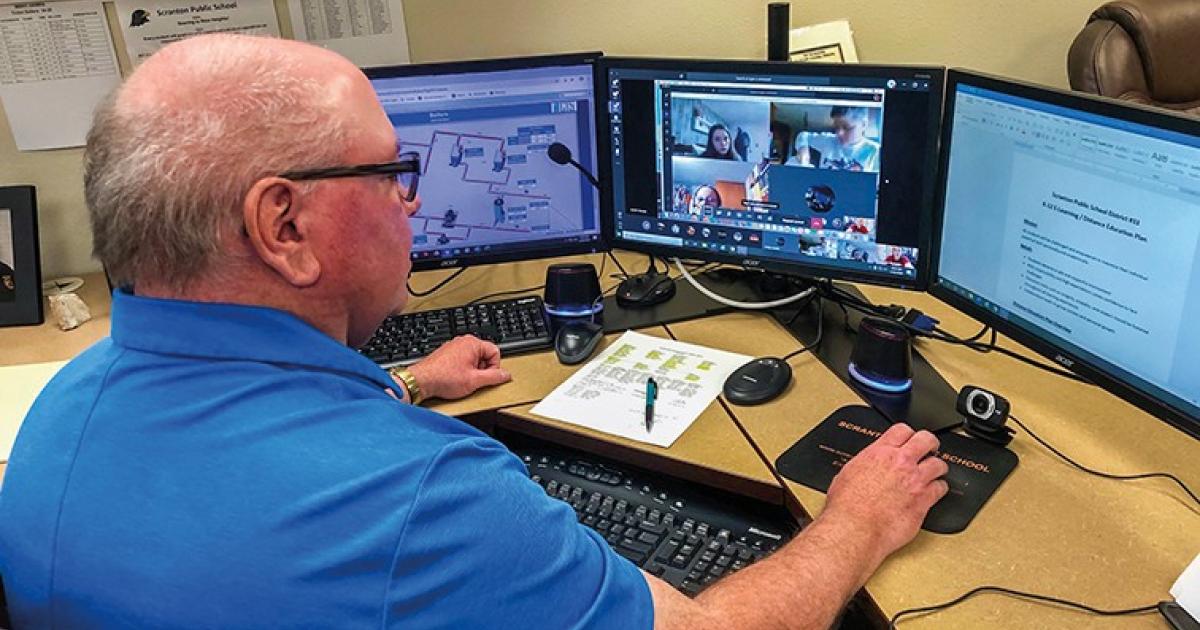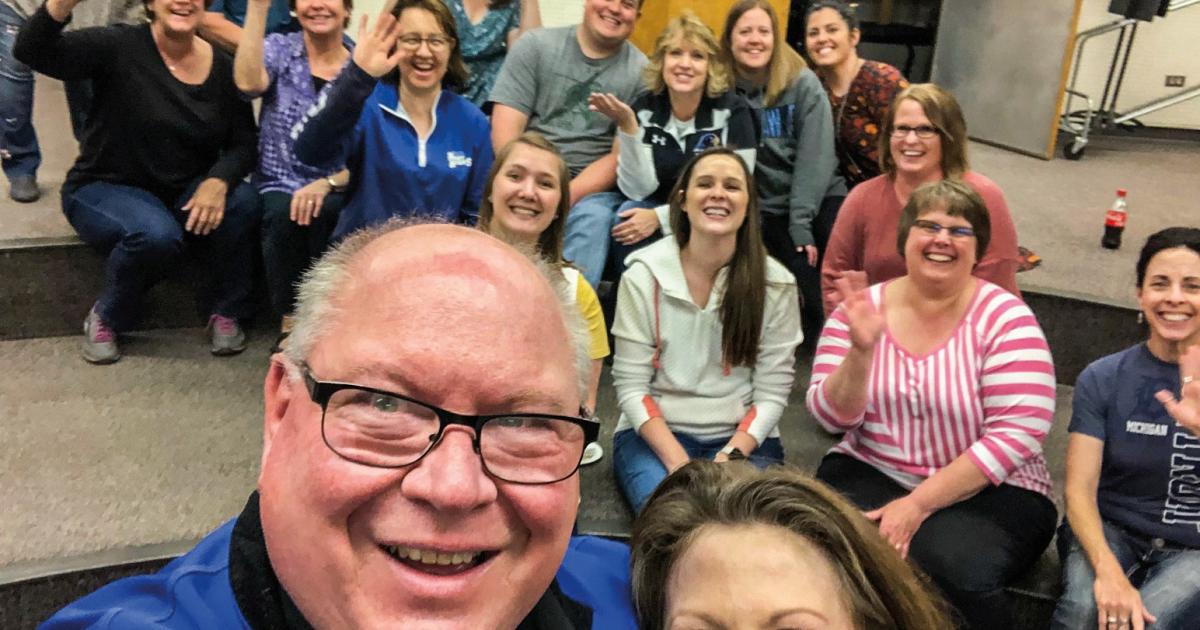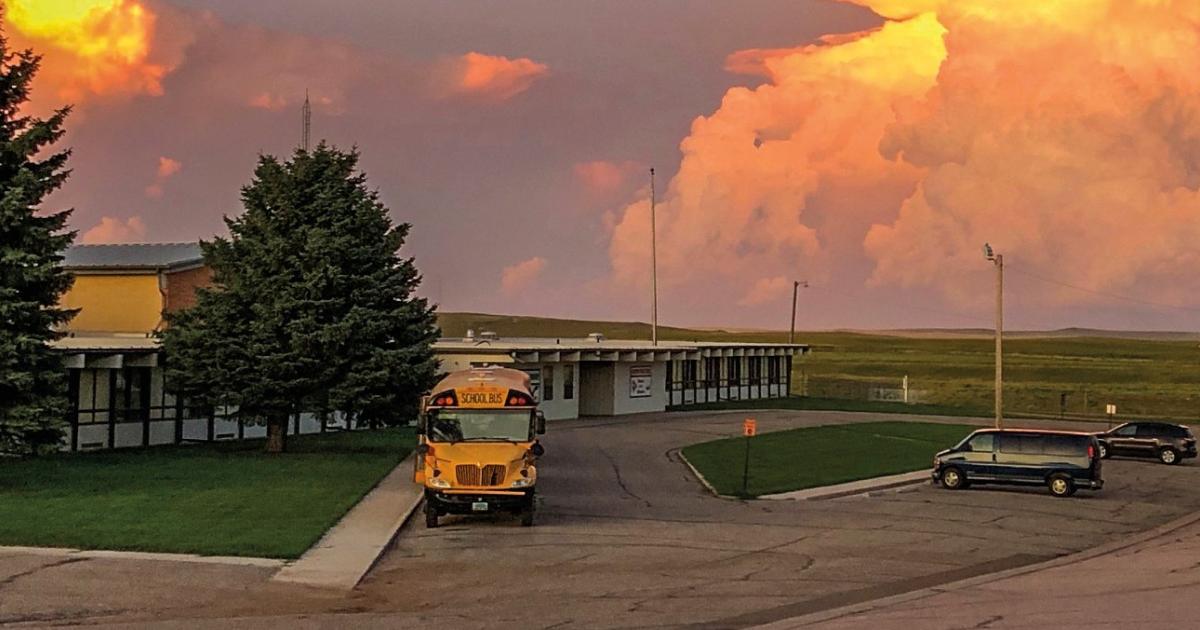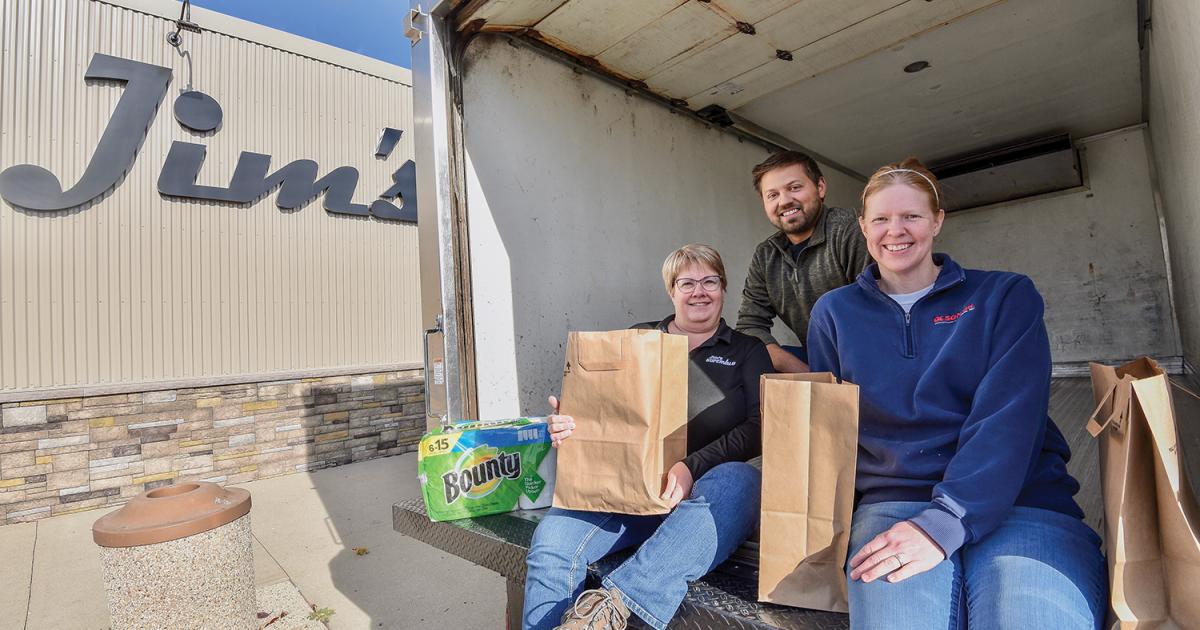“The world is a much smaller place than it was 30 years ago,” says John Pretzer, superintendent and secondary principal at Scranton Public School in southwest North Dakota.
Thirty years ago, the invention of the World Wide Web gave way to the rise of the internet, connecting people, places, ideas and economies like never before. It was a gamechanger.
Scranton Public School Superintendent John Pretzer monitors online classrooms since transitioning to web-based learning amid COVID-19 school closures.
Today’s gamechanger is quite different – the coronavirus (COVID-19) pandemic. It has spread across the globe, forcing temporary closures of school buildings and brick-and-mortar businesses. The changes have been rapid, the virus’ reach all-encompassing.
“I knew that (COVID-19) was going to move, and it was going to move pretty quickly,” Pretzer recalls thinking when the World Health Organization (WHO) shared news of the newly discovered coronavirus disease in early January. “We needed to start planning.”
A REMOTE POSSIBILITY
With COVID-19 half a world away in Asia, a quick impact of the virus locally seemed a remote possibility in the Scranton community of less than 300 people. That didn’t stop Pretzer and his staff from preparing. By early March, Scranton Public School was ready for a full transition to web-based learning.
And then, that remote possibility became reality. North Dakota confirmed its first positive case of COVID-19 March 11 in Ward County. State government responded swiftly, with a memo to school districts from Superintendent of Public Instruction Kirsten Baesler, followed by Gov. Doug Burgum’s school closure announcement March 15.
“(The memo) talked about online learning, and it said in there that, for most school districts, it will make more sense to cancel school altogether than to organize a learning model that cannot be accessed equitably by all students,” Pretzer says.
That didn’t set well with Pretzer, not because of the validity of the statement, but because the shoe didn’t fit, at least not in Scranton.
“I don’t feel like we fall into that group,” he says. “In our particular situation, where we had ramped up, we had prepared, we had made sure that there was accessibility by all our populations at school, even the youngest of our student population was going to be taken care of.”
Pretzer explained that in a response letter to Baesler, highlighting the district’s preparations in moving toward online learning. Teachers utilized Office 365 platforms and students understood how to use the technology to access their classroom groups, receive and return assignments, communicate with their classmates and teachers and video conference. The needs of students with individualized education plans (IEPs) would still be met under the school’s plan. Student and parent surveys had been conducted, to ensure internet access would be available for all students outside of the school building. Pretzer and elementary principal Kelly Pierce would be able to monitor online classrooms.
“We prepared hard, we’re ready. The teachers have used the creativity, innovation and technology that we ask them to use and we want them to use. Now they’ve done it, so let’s roll it out,” Pretzer relayed to Baesler. “Our job is to serve our students. We just can’t walk away from this now and not serve our students and say, ‘See ya next year.’ We can do better than this.”
LEADERSHIP EVERYWHERE
Pretzer’s message was heard loud and clear. In fact, Burgum applauded Pretzer and the Scranton school district for their preparedness in a March 19 press conference, where he announced the requirement that school districts develop distance learning plans by March 27, with schools going completely online April 1.
“When we talk about leadership everywhere, this is leadership everywhere,” Burgum, the former tech startup entrepreneur said. “Because these were people that were planning before we even asked people to develop plans. This is people who were planning in some of our smallest rural school districts to figure out a way to get it done.”
“We have an opportunity to teach one of the greatest lessons to all of our students, and that’s to see their school district stand up and figure out a way,” Burgum said.
While not all school districts had prepared like Scranton, each of North Dakota’s 175 school districts met the governor’s requirement and submitted distance learning plans.
“I think the last week of March was a tremendously busy, difficult time for many schools in North Dakota, but it’s just an example of the leadership and professionalism we have in our schools in North Dakota, that we can get that web-based learning up and running so quickly,” Pretzer says. “And I’m really proud of our state for that. I think we’re doing a great service to our kids by keeping this sense of normalcy in their lives.”
‘THINK YOU’VE SEEN IT ALL’
The 33-year education veteran recalls the tragedy of the Sept. 11, 2001, terrorist attacks happening during his first year in Scranton.
“You remember things in your head that are very, very significant, and that’s one of them,” Pretzer says. “You think you’ve seen it all, right? This is crazy.”
In Scranton, the transition to online learning is working. Students appear to be in good moods, excited to do their classwork, and happy to remain connected to their school community. Pretzer credits Scranton’s teachers, Pierce and other staff, with their ask-and-deliver attitude, for keeping the wheels turning.
“When we are eventually given the green light to go back to school, whether it’s this year or next year, I really don’t think we’re going to see adverse effects,” he says. “When I reflect on this, I’m going to look back with great pride on our community, certainly great pride within our students, our staff and our school.”
Cally Peterson is editor of North Dakota Living. She can be reached at cpeterson@ndarec.com.












